The easiest way to create a new game is to start with the central idea from an existing game, add some instructions, and build the game around standard game equipment – standard playing cards, standard dice, and a standard checkerboard and checkers. The result could be a variation of an existing game, or a totally new game.
With playing cards, you can start with a trick-taking game like Hearts or Bridge. Or you can start with a continue-the-sequence game like Michigan or Fan Tan. Or you can start with a discard-all-your-cards game like Crazy Eights or Old Maid. Or you can start with a card-combination game like Poker or Gin Rummy.
With dice, you can start with a dice-combination game like Yacht or Poker Dice. Or you can start with a dice-total game like Craps or Close the Box. Or you can start with a single-dice-matching game like Ship Captain Crew.
With a checkerboard, and checkers you can start with a disk-capturing game like Checkers or Chess. Or you can start with a disk-movement game like Chinese Checkers. Or you can start with a disks-in-a-row game like Go-Moku or Tic Tac Toe. Or you can start with a race game like Parcheesi or Backgammon.
To this central idea, add game instructions. For a trick-taking card game, will a player try to take a declared number of tricks, or to take or avoid specific cards? For a dice-combination game, how many dice are rolled, and how many can be rerolled? For a disk-movement game, can a checker move over another checker, or must it stop or turn? If the game will be similar to an existing game, you can start with instructions from that game. Then you just need to add, modify, and remove instructions.
There are lots of games using playing cards and dice to borrow from. Creating a game with a checkerboard and checkers can require some extra thought. For a race game, you can use the outer squares of a checkerboard as a racetrack. You can use one or two dice to determine how far to move your checker on a turn. Or you can use the numbers on playing cards do the same thing. Seven cards from Ace through Seven will take a checker completely around a checkerboard.
I have found that token-placement games on a checkerboard work well. (Tokens are small objects such as coins that are substituted for checkers when too many checkers would be needed.) For instance, you can place five tokens on the board to form a cross with a token on one square and the other four tokens on the squares on each of its four sides. Two players alternate placing crosses on empty areas of the board until one player places a final cross, and the other player cannot find space on the board to place another one.
And look for connections between playing cards and dice and a checkerboard. The Two through Queen from a suit of playing cards can be mapped to the throw of two dice. The throw of two dice can be mapped to the six-by-six area at the center of a checkerboard. The four sides of a checkerboard can be mapped to the four suits of playing cards.
A new game can be created by beginning with a central idea and adding some instruction using standard game equipment. It requires thought and effort, but it is easier than starting from scratch. I will follow this article with several more articles showing examples of creating new games.
Copyright (c) 2009 – Paul Hoemke. All Rights Reserved.
By Paul Hoemke
Paul Hoemke is the owner of the Animal Game Mart located at http://www.AnimalGameMart.com/. Here you will find simple card games, dice games, and checkerboard games using standard game supplies. Both traditional and new games, each with variations. Free and inexpensive instructions available. Contact Paul at pchoemke2@AnimalGameMart.com.

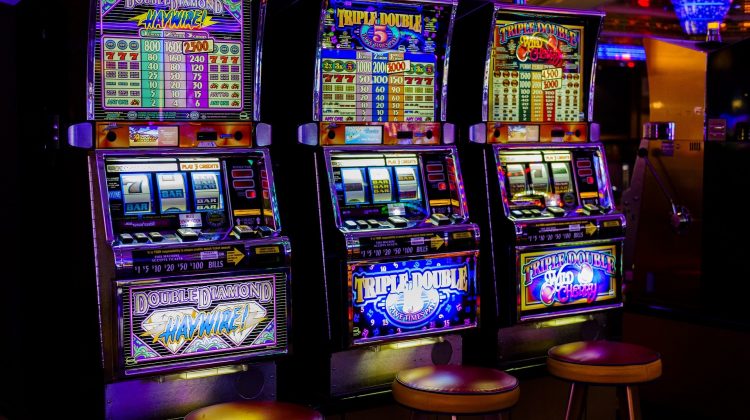
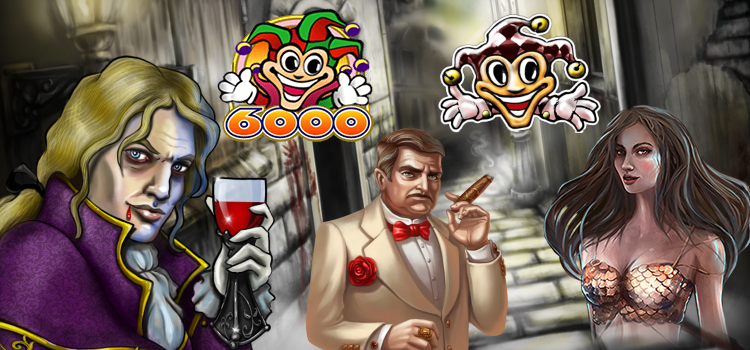
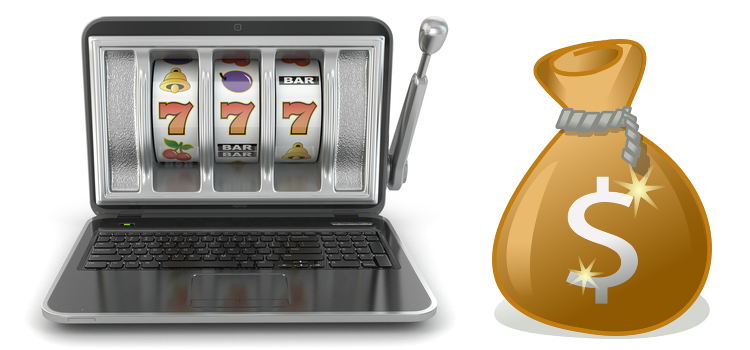
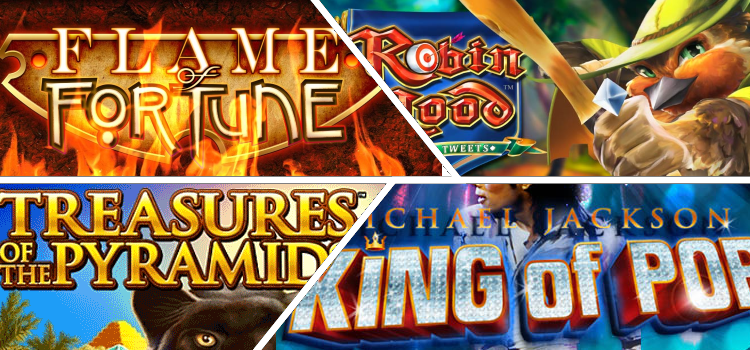
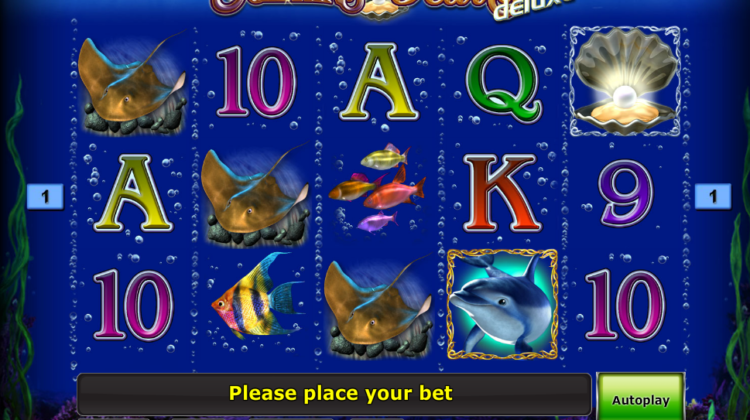
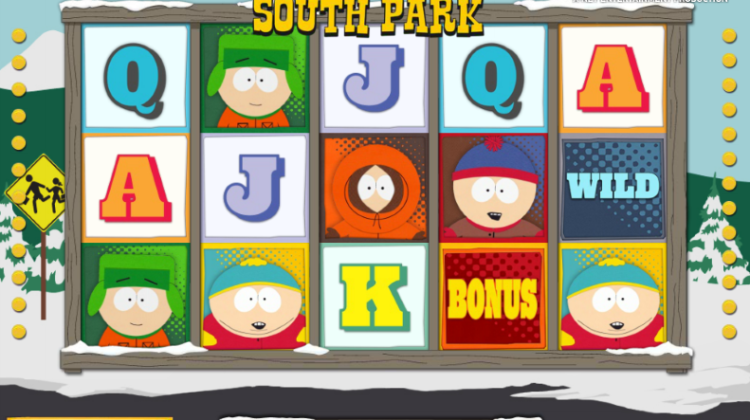

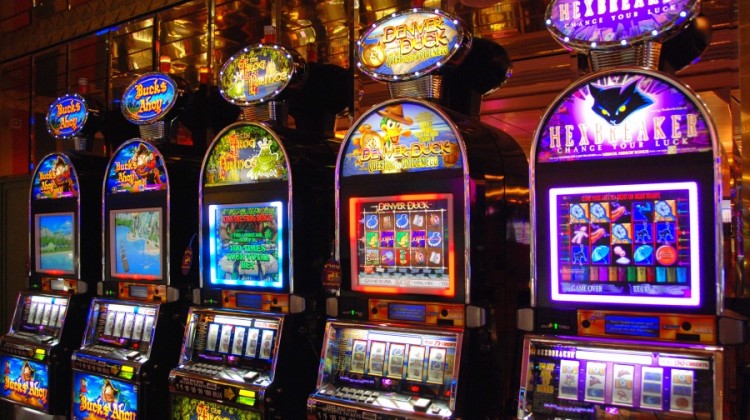
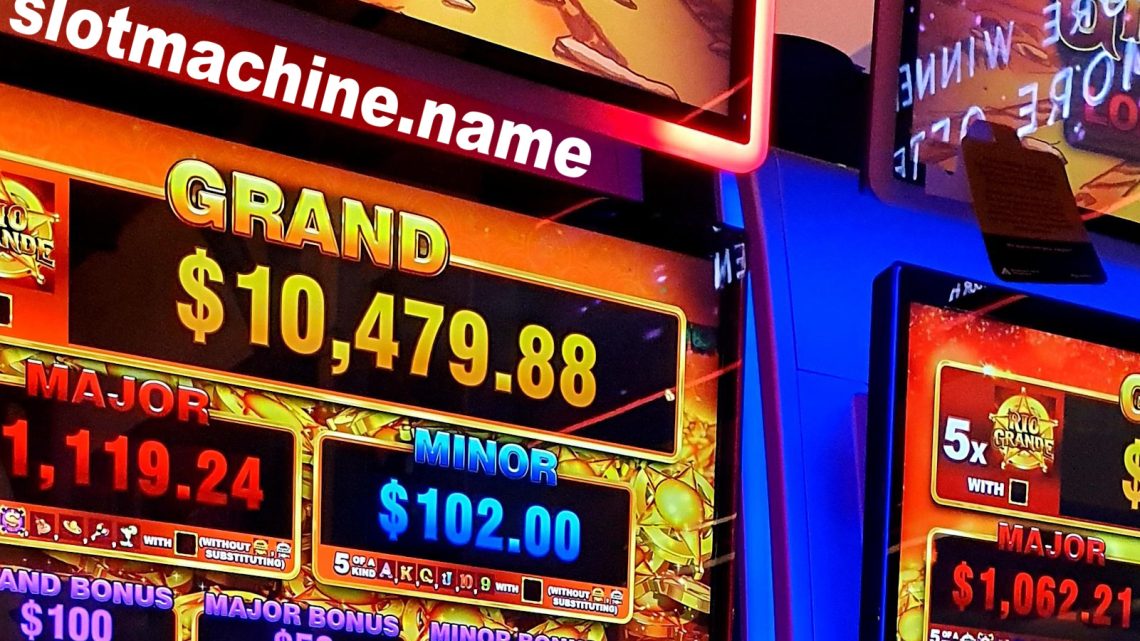
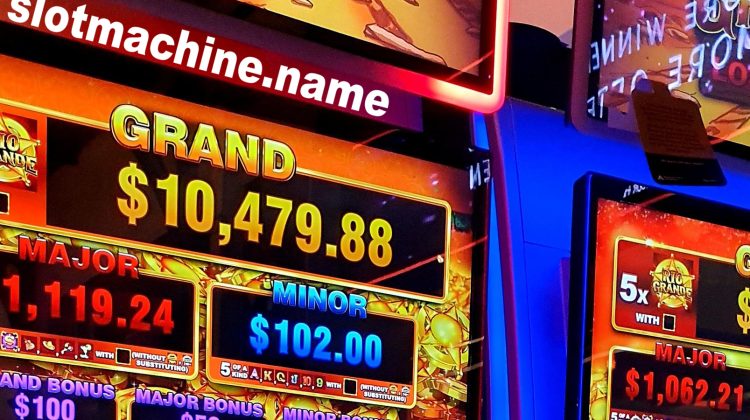
No Comment